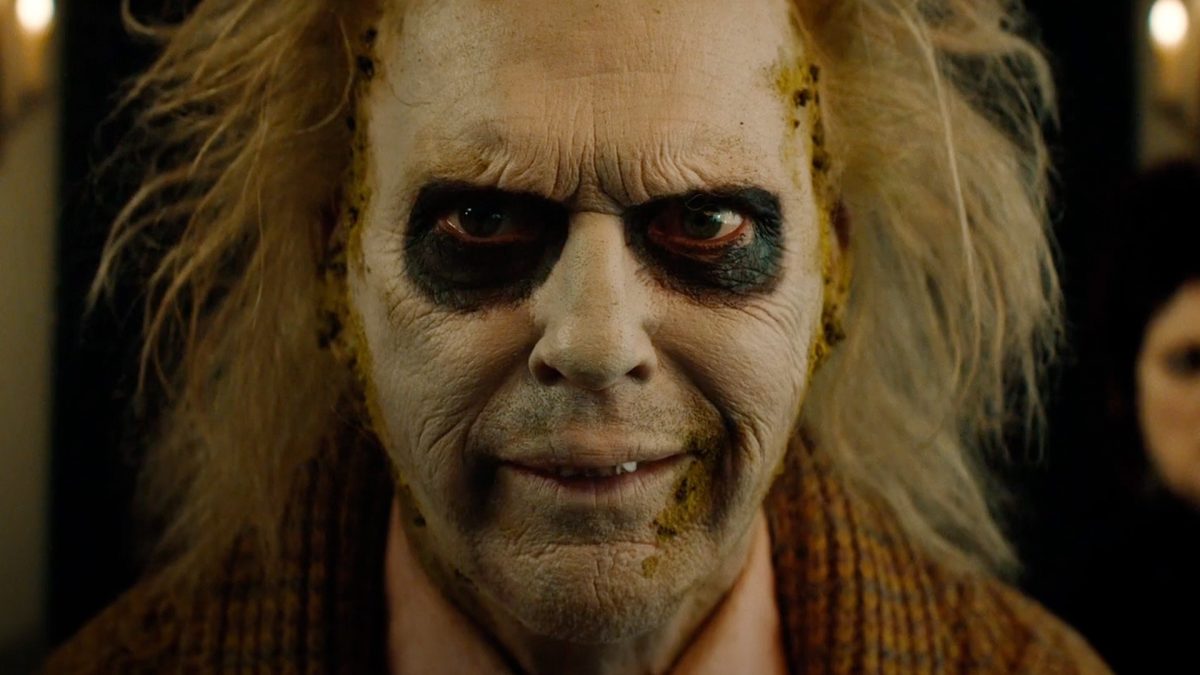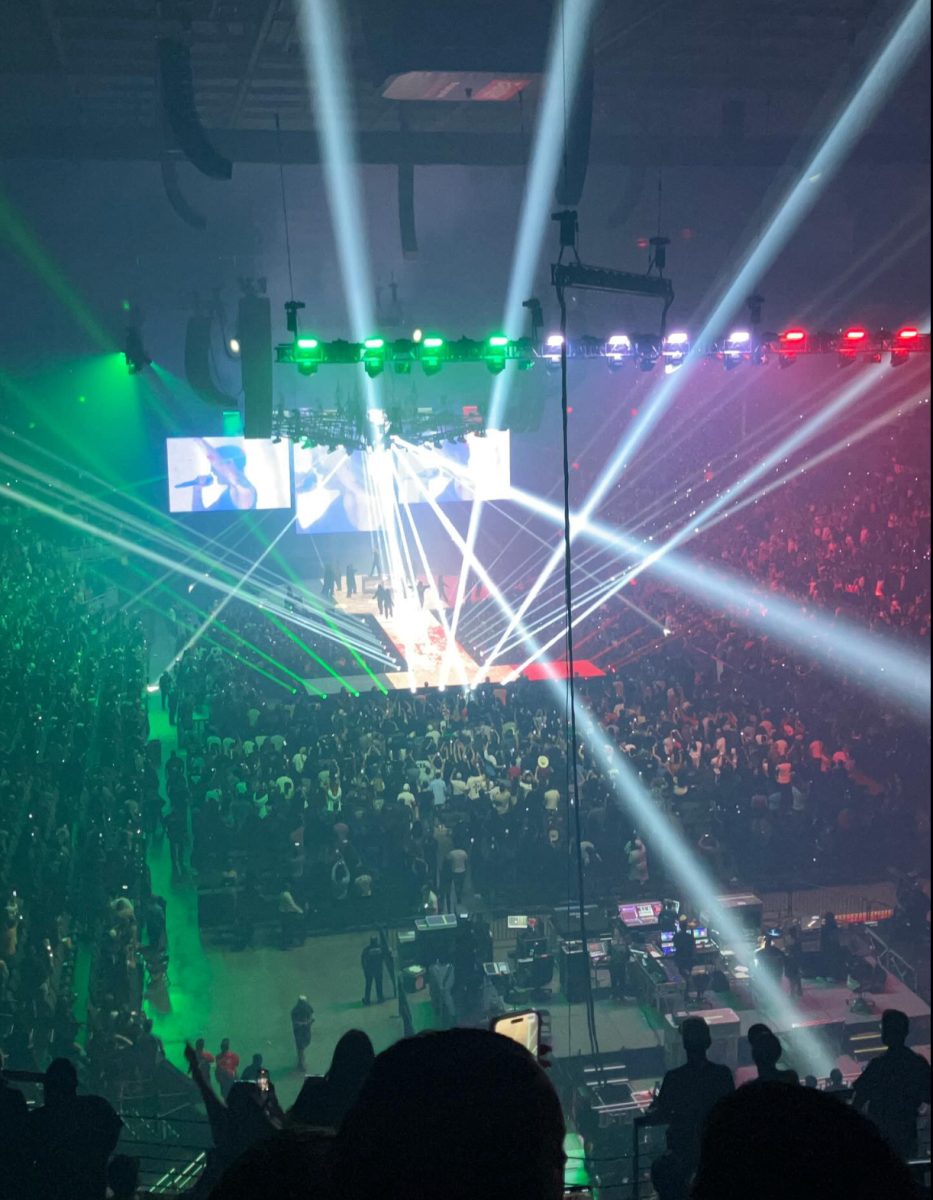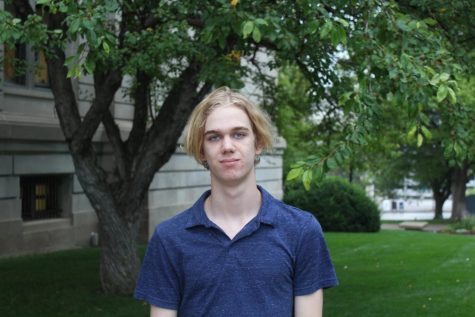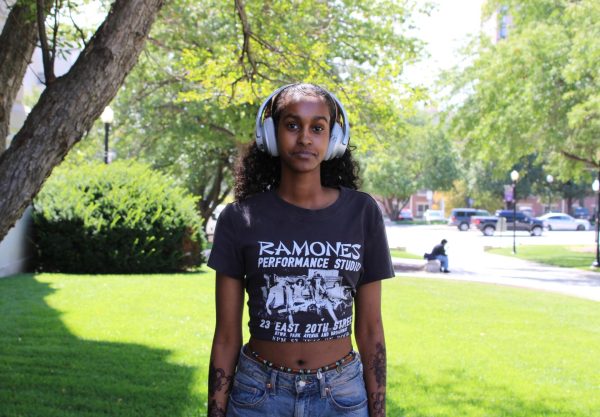Voter fraud exaggerated to justify suppression
December 20, 2018
In the abstract, it’s easy to say that the problems of voter fraud and voter suppression are equally dangerous for American democracy: fraud by unfairly over-representing ineligible voters and suppression by taking away the input of eligible voters. The problems could, however, not differ more greatly in scale. Widespread voter fraud simply does not exists in America and is only present in public discussion as a scare-tactic to encourage support for the far more insidious problem of voter suppression.
Voter fraud, put simply, is the act of casting a vote in a knowingly illegitimate way. For example, if a person impersonates someone else to cast a vote in their name. This kind of behavior, if it existed on a large scale, could sway elections away from the desires of legitimate constituents. Laws requiring photo ID, according to proponents, help to assuage this risk by ensuring that voters are, in fact, who they say they are.
In reality, however, the laws address an imaginary issue. A report from the Brennan Center that exhaustively examines the issue of voter fraud finds that the probability that a vote is the result of voter fraud through impersonation is somewhere between 0.0003 percent and .0025 percent. This means that it is literally more likely for an American to be struck by lightning than it is for them to impersonate someone else at the polls.
A similar study, conducted by the Washington Post, found that out of a billion past votes, just 31 could be credibly claimed to be the result of voter impersonation. Even in the cases they deemed credible, some did not have conclusive evidence.
Statistically speaking, these studies demonstrate that voter fraud is remarkably rare, and not broad enough in scale to have any effect whatsoever on elections.
Photo ID laws do next to nothing to protect elections from illegitimacy, but can very effectively suppress legitimate voters. This is by design. According to a 2007 Houston Chronicle article, David Masset, the former political director for the Republican party of Texas, does not believe that voter fraud is causing Republicans to lose elections, but said that “requiring photo IDs could cause enough of a drop off in legitimate Democratic voting to add 3 percent to the Republican vote.”
This is because the laws disproportionately affect people of color. And this too, is supported by credible studies. Recently the Washington Post reported that in states with strict voter ID laws, minority voter participation rates were significantly lower than in states without such restrictions, while white voter turnout remained largely unaffected. This effect is most pronounced among Hispanic voters, whose turnout decreased by 7.1 percent.
One especially egregious example of voter suppression in the guise of protection against voter fraud is North Dakota’s law requiring voters to have an official street address. This law implicitly excludes many Native Americans who live on reservations and typically do not have such addresses.
Voter fraud is a problem that may be worth addressing if it existed in any notable capacity. Since it does not, there is no legitimate justification for the widespread disenfranchisement that results from stricter voting laws.














